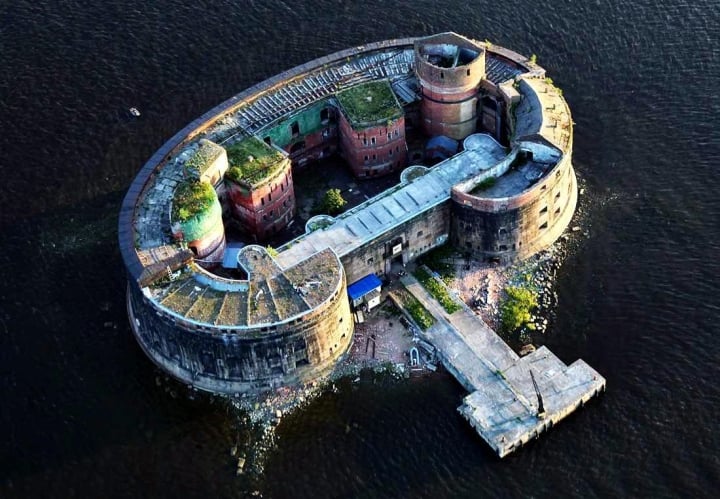Fort Alexander was built in the mid-1800s, to protect the coastal areas of St.Petersburg. The fortress was not built on a natural island but was constructed entirely on an artificial foundation.
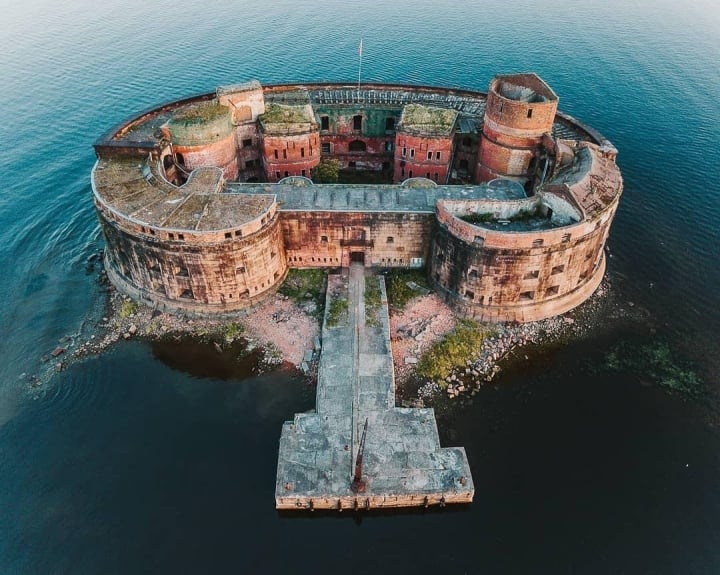
The base of the fort is built of concrete, sand and granite. The fort consists of an oval main building, with a courtyard in the middle, built as a defensive measure in case of attack. However, this place has never participated in any direct military battles.
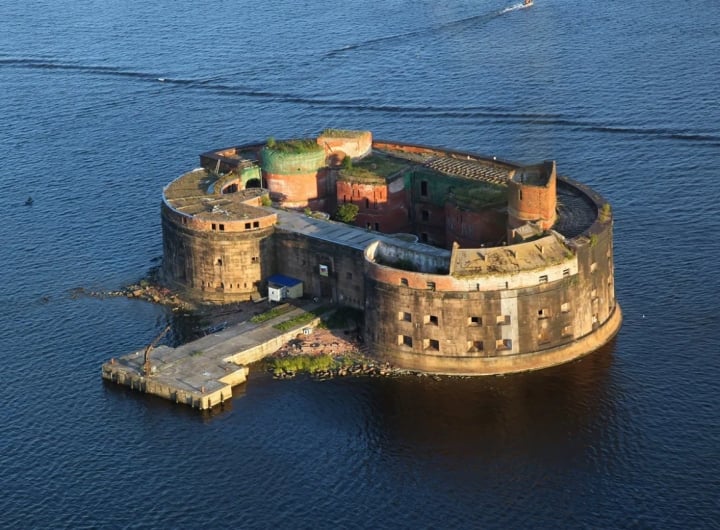
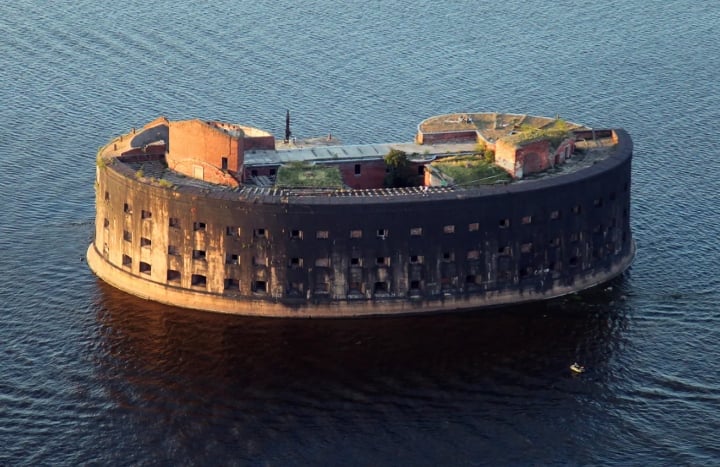
In the 1900s, the fortress was repurposed as a disease research facility. Russian scientists found this isolated location ideal for conducting investigations into infectious diseases such as cholera, tetanus and bubonic plague.
A series of legends claim that cruel experiments were conducted within the fortress walls. According to official data, experiments with horses were carried out to develop a vaccine against the plague.
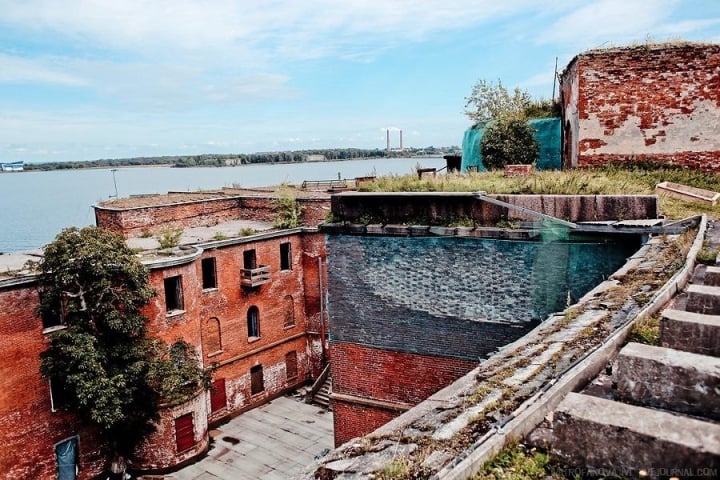
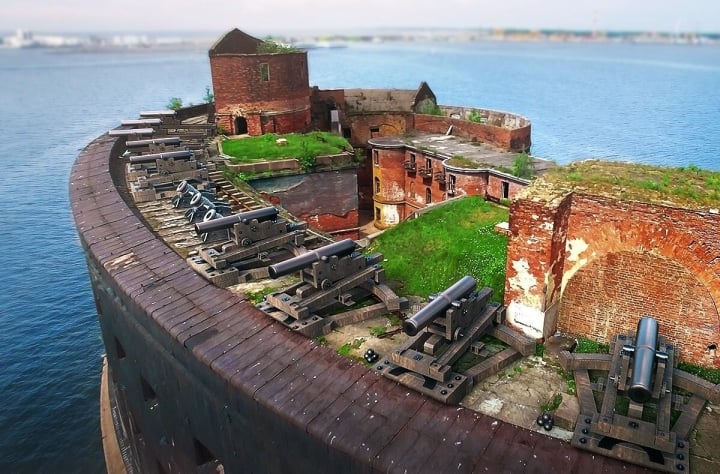
In the 1980s, medical research at the fortress finally stopped. Since 1923, the old building has been used as a military camp. Until the 80s of the last century, the fortress was completely abandoned.


Over the decades, the abandoned fortress and its mysterious history have become a destination for young adventurers and thrill-seekers.
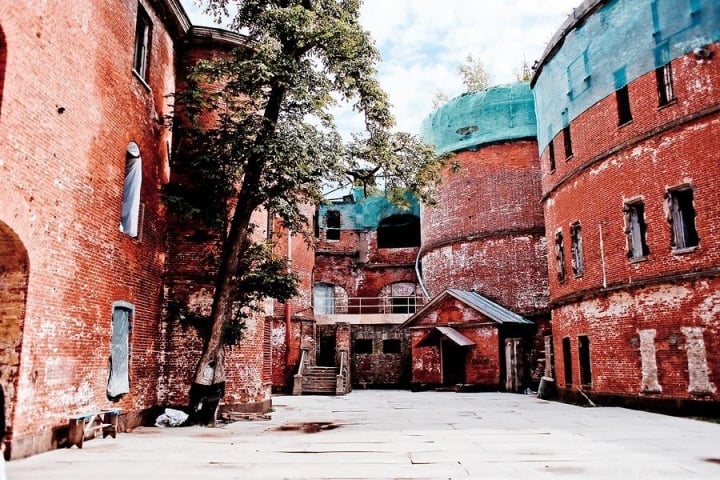
Visitors can explore the fortress by crossing the frozen ocean during the winter. If visiting during the warmer seasons, people will need to travel to the fortress by train. Boat excursions to Fort Alexander were operated starting in 2011.
